Tajik Pickling Techniques for Long Winter Storage
11 min read Explore traditional Tajik pickling methods to preserve flavors and nutrients for long winter months. August 03, 2025 21:05
Tajik Pickling Techniques for Long Winter Storage
As the first snowflakes blanket the towering Pamir peaks and the fragrant evenings settle over the foothills, the Tajik homeland prepares for the long, cold months ahead. Central Asia’s ancient tradition of preserving the harvest transforms fresh produce into jars of fragrant, tangy goodness—an art passed down through generations with love, patience, and a keen sense of seasonality.
Pickling in Tajik cuisine is more than mere preservation; it is a spiritual act intertwined with the rhythms of life, a tangible link to ancestors, and a celebration of the bounty of the land. In this article, we will journey into the vibrant world of Tajik pickling techniques—learning how they develop complex flavors, invoking memories of lush valley orchards and bustling village markets. Whether you are a culinary adventurer or a home cook seeking authentic methods, discover how Tajik craftsmanship turns simple vegetables and fruits into enduring treasures of the winter months.
The Cultural Significance of Pickling in Tajikistan
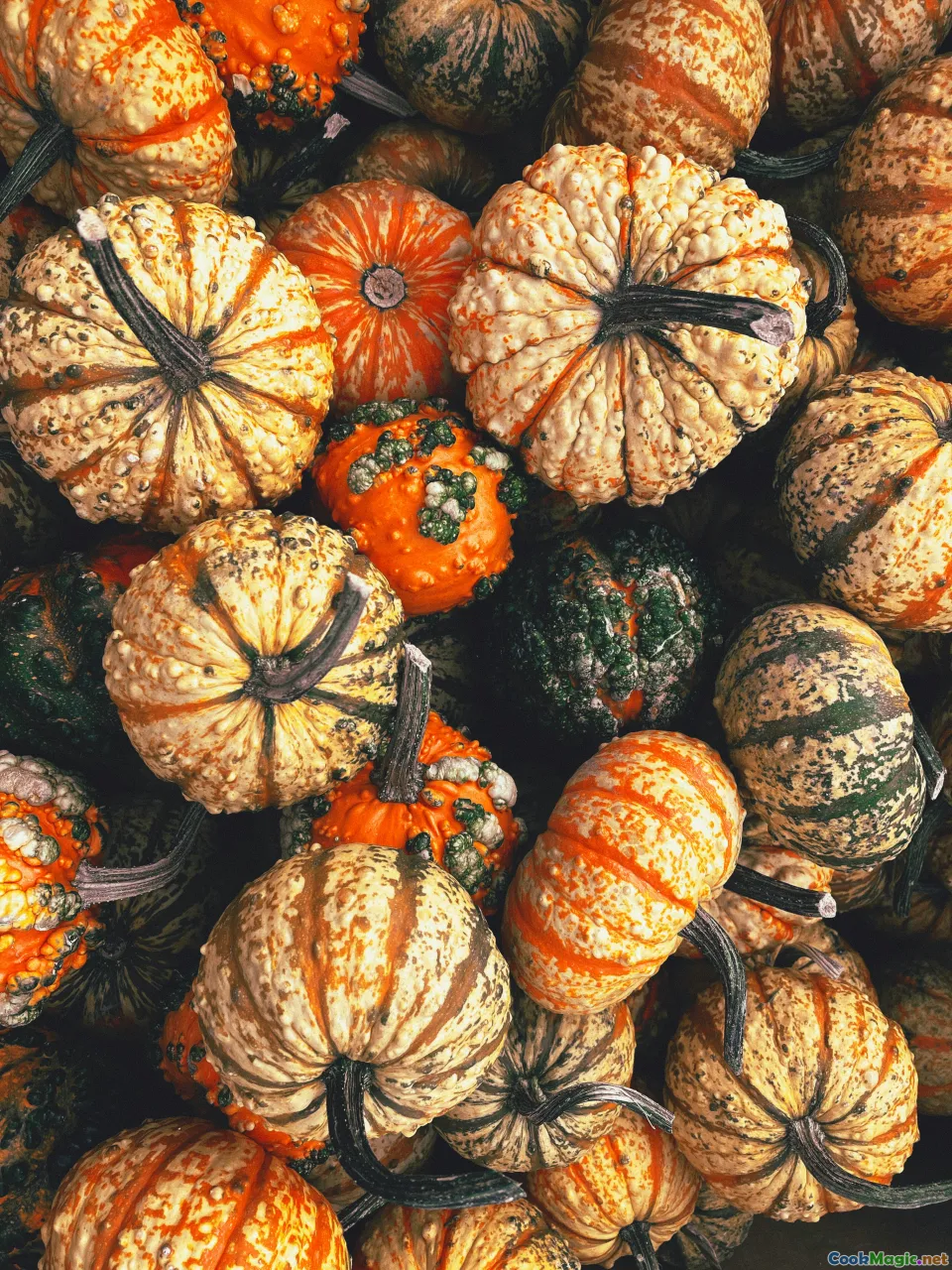
In Tajikistan, the art of pickling is woven into the cultural fabric of daily life. Historically, the communities living along fertile rivers and lush valleys relied on preservation techniques to sustain themselves through harsh winters. Passed from mother to daughter, grandmother to grandson, these techniques preserve not just food but collective memories, family stories, and cultural identity.
Among Tajik households, especially in rural hamlets like Khojand or Dushanbe’s outskirts, pickling is an act of love and gratitude to the land. It transforms abundant summer and autumn yields—tomatoes, peppers, cucumbers, apricots, and cherries—into colorful jars that stand like miniature relics of vibrant summer days, waiting patiently in cellars and pantries.
The Essential Ingredients and Preparations
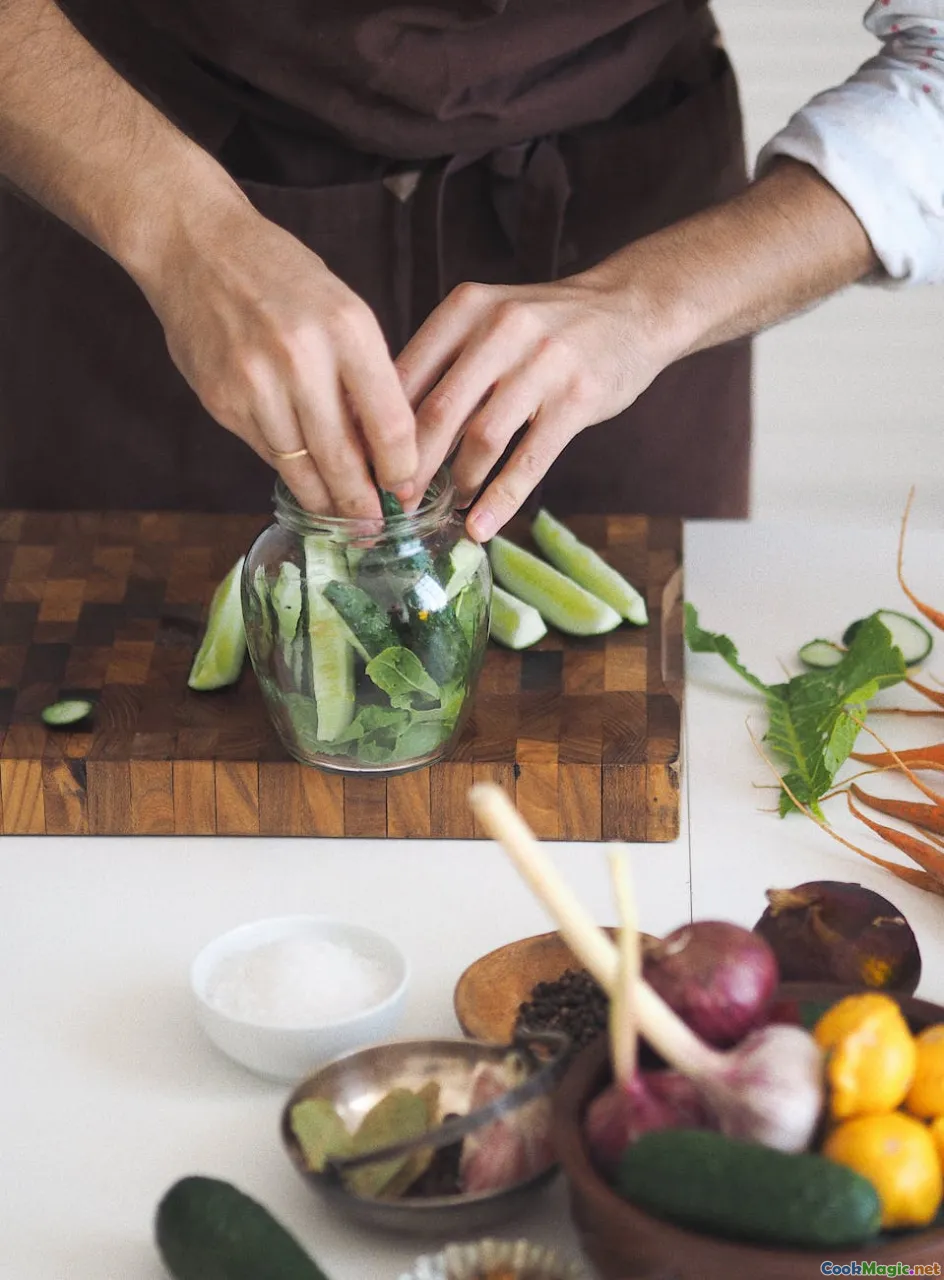
Before delving into specific techniques, it’s vital to understand the core ingredients that define Tajik pickling. The choice of vegetables and fruits is dictated by seasonal abundance and regional specialties:
- Fresh vegetables: cucumbers, courgettes, carrots, cauliflower, onions.
- Fruits: apricots, cherries, quinces, and apples.
- Herbs and spices: dill, coriander seeds, garlic, black peppercorns, sumac, and local fragrant herbs like arq (aromatic mountain herbs).
- Brine base: homemade saltwater or vinegar solutions inspired by centuries of traditional recipes.
Preparation begins with thorough cleaning—a ritual in itself—ensuring every item is free from dirt and blemishes. Vegetables are typically sliced or left whole, depending on size, with care taken to maintain their crispness.
Tajik Pickling Techniques: Step-by-Step Insights
1. The Classic Cucumber and Pepper Fermentation
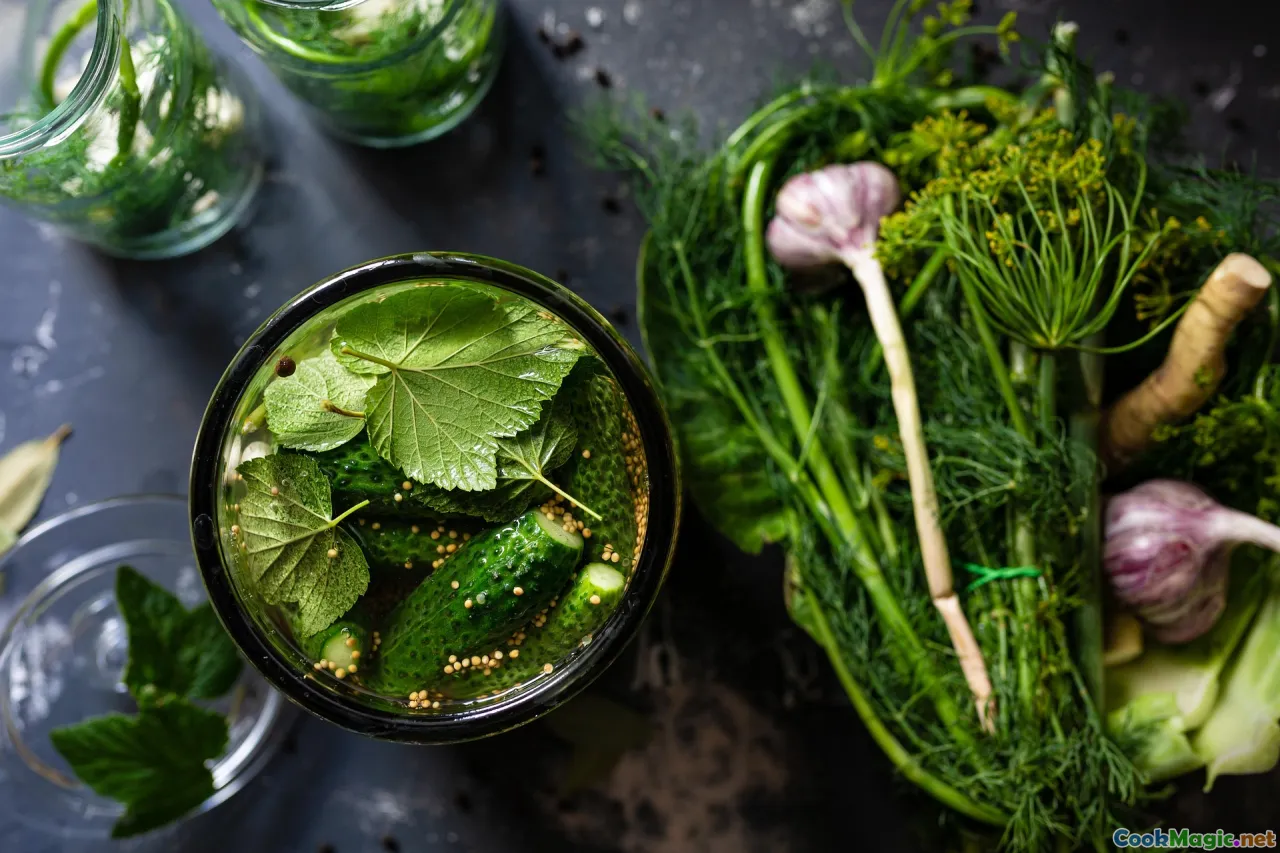
This is perhaps the most iconic Tajik pickling method, known for its vibrant flavor and crunch. Harvested at the peak of summer, fresh cucumbers are washed meticulously. The secret lies in selecting firm, unblemished specimens, with a fresh, aromatic flavor.
Step-by-step process:-Brine preparation: Mix pure mountain spring water with salt—roughly 150 grams of salt per liter—until fully dissolved. Optionally, add a dash of vinegar for tang.
- Layering: In a clean, airtight jar, layer the cucumbers with garlic cloves, fresh dill sprigs, whole black peppercorns, and slices of spicy red or green peppers.
- Submerging: Pour the salt brine over, ensuring vegetables are fully submerged under weights such as clean stones or special fermentation weights.
- Fermentation: Seal loosely or with a fermentation lid allowing gases to escape, and place in a cool, dark spot. The brine allows natural fermentation—developing sourness over 10–14 days.
- Tasting and maturation: Once tangy and crisp, the pickles are transferred to a cellar or cool pantry for storage.
The result is a symphony of sensations: the tartness of fermentation intertwined with the piquancy of peppers and the fragrant whisper of dill.
2. The Vinegar-Preserved Fruits and Vegetables

Tajik pickling isn't limited to fermentation; vinegar-based preservation enriches flavors and prolongs shelf life.
Procedure involves:
- Making a strong vinegar solution (often apple cider or wine vinegar mixed with water and sugar).
- Packing fruits like apricots, quinces, or apples into sterilized jars.
- Adding herbs like cinnamon sticks, cloves, or coriander for depth.
- Pouring hot vinegar over the contents, sealing carefully.
- Cooling and storing in a cool place, allowing the flavors to mature.
These sweet-sour preserves are treasured, especially paired with traditional Tajik bread or used to flavor rice pilafs.
3. Spiced Whole Vegetable and Fruit Mixes

For those who enjoy variety, Tajik households prepare spicy mixed pickles with an array of vegetables and fruits, seasoned with local spices:
- Carrots, cauliflower florets, small zucchinis, and cherries.
- Aromatic herbs like mint and tarragon.
- A pickling solution of water, salt, and a dash of vinegar.
The technique involves layering ingredients in large ceramic or wooden barrels, adding spices, and pouring over the brine. The mixture is kept under weight, allowing fermentation over several weeks. This blend becomes a signature dish accompanying meals, offering a burst of flavor and aroma.
Tips for Authentic Tajik Pickling at Home
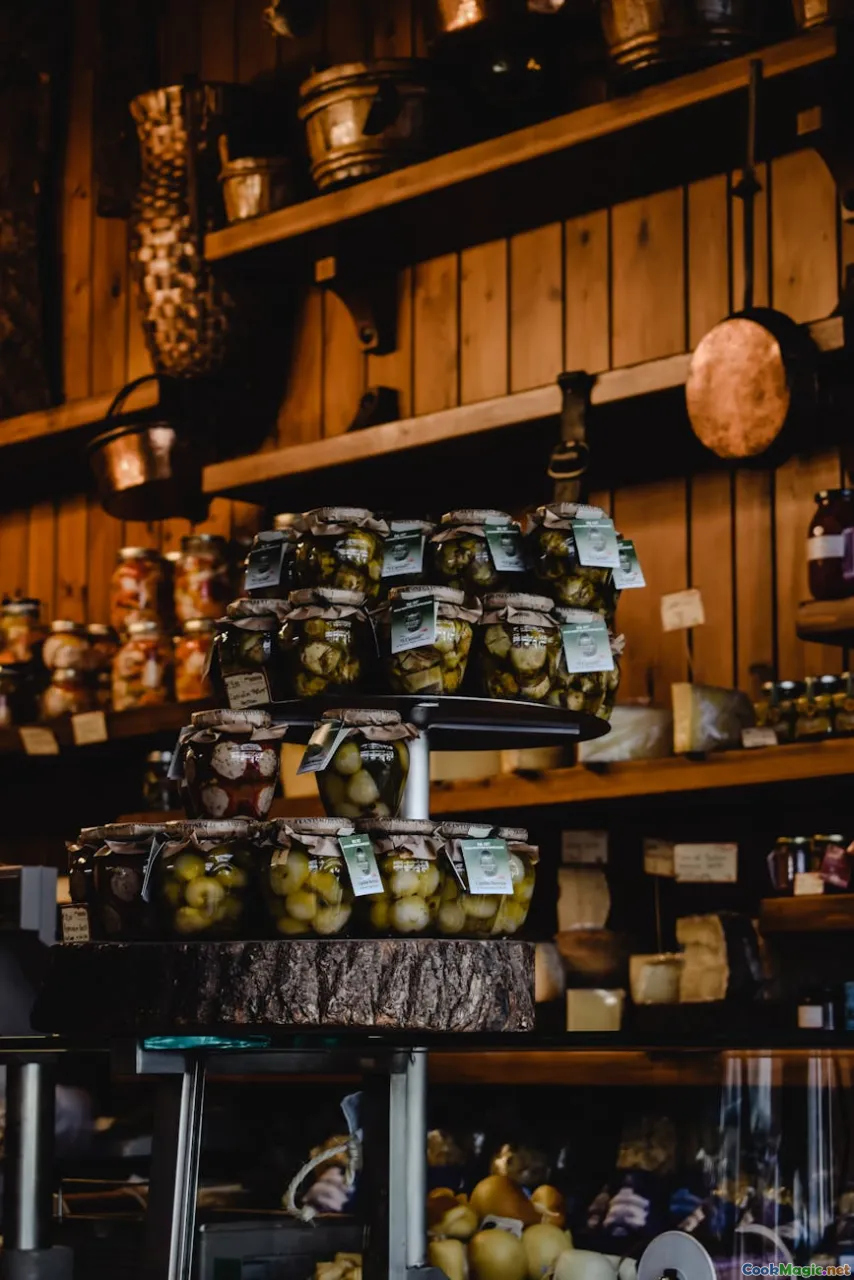
- Use the best water possible: Mountain spring water imparts a subtle mineral flavor critical to authentic Tajik pickles.
- Prioritize cleanliness: Sterilize jars and utensils thoroughly to prevent unwanted microbial growth.
- Select seasonal produce: Peak freshness translates into superior flavor.
- Pay attention to seasoning: Balance herbs, garlic, and spices—Tajik seasoning is nuanced, not overpowering.
- Ferment at the right temperature: Cool, dark places (around 15-20°C) foster proper fermentation.
- Patience is key: Rushing leads to uneven flavors; allow flavors to develop gradually.
Preserving Tajik Heritage: A Personal Reflection
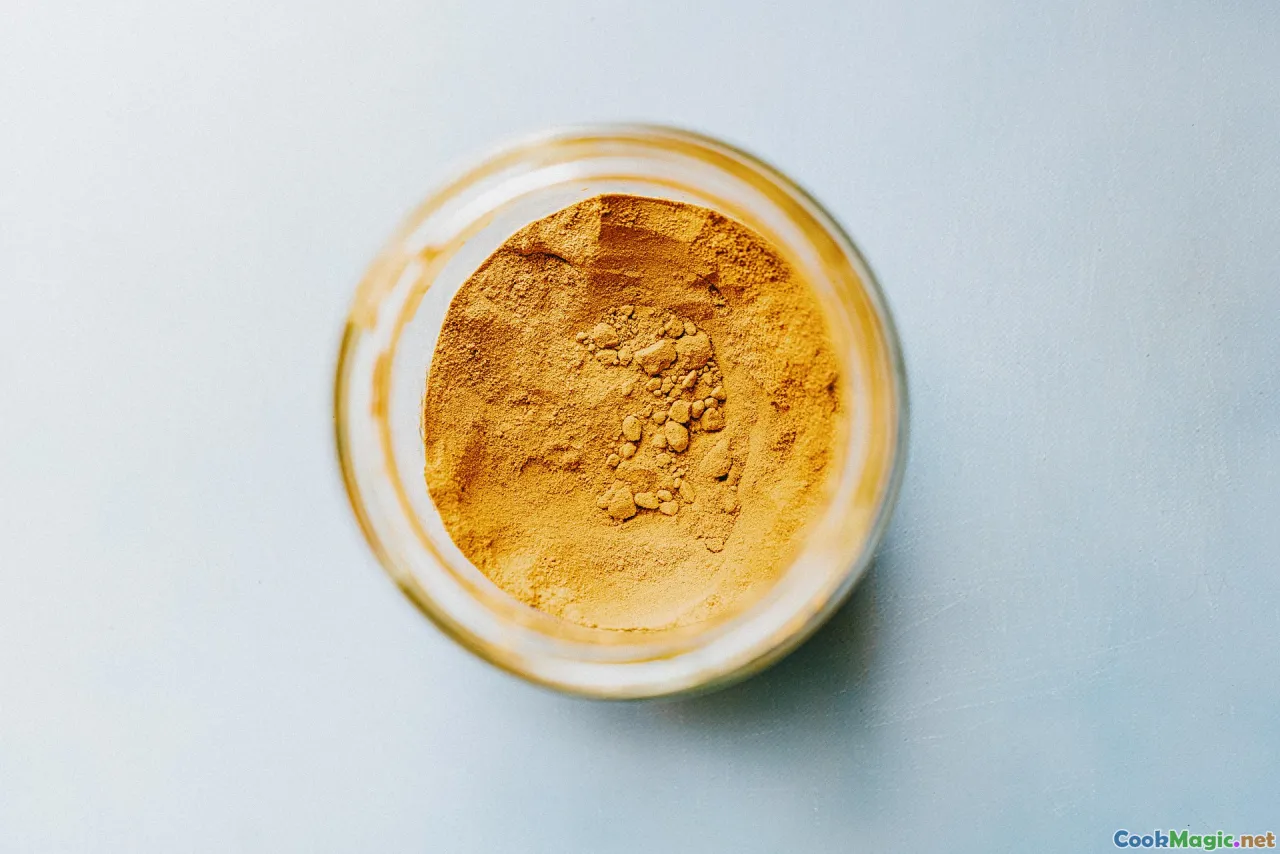
Having spent many seasons in Tajik villages, I’ve witnessed how pickling turns into a communal ritual—neighbors exchanging jars, sharing stories over steaming banners of fruit, or aromatic jars lined up in communal cellars that smell like a collective history. Each jar tells a story: of a summer’s sun, a family’s labor, a mountain’s gift.
The crisp forkfuls of fermented cucumbers or the sweet-sour apricots speak volumes of a culture rooted in harmony with nature’s cycles. It’s a reminder that when we take the time to preserve the flavors of summer, we’re also safeguarding ancestral identities, cultivating patience, and celebrating life’s fleeting bounty.
A Few Final Words on Embracing Tajik Pickling
In an era of fast-paced food production, Tajik pickling traditions are a nourishing antidote—honoring patience, craftsmanship, and familial bonds. Whether you’re filling your pantry with traditional fermented vegetables or creating sweet, aromatic fruit preserves, you partake in a centuries-old dance with the land.
So, why not pick up a glass jar, gather the ripest produce, and start your own Tajik pickling journey? Let the vibrant flavors and warm memories of Tajikistan guide your hands, ensuring that your winter months are filled with taste, tradition, and tales of harvests long past, yet vividly alive in every bite.
May your jars be full, your seasons fruitful, and your heart eternally connected to the soulful art of Tajik pickling.









